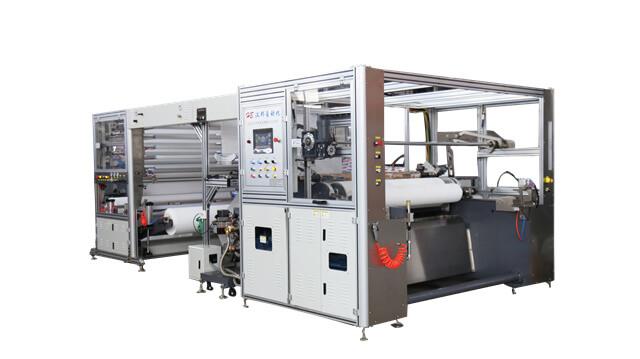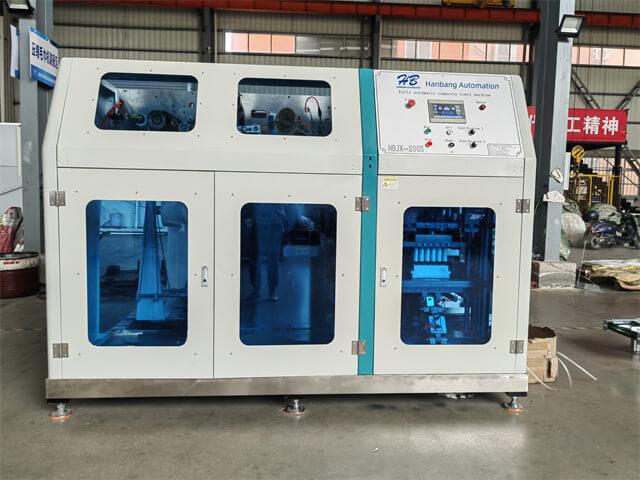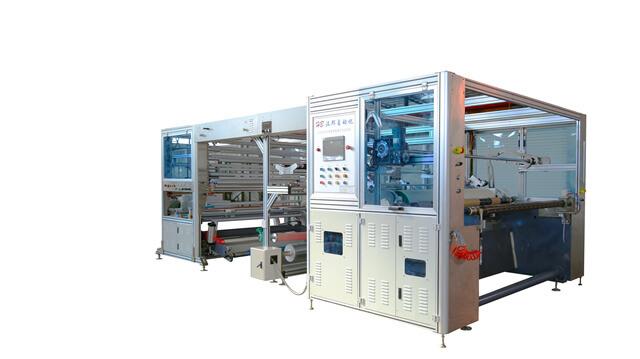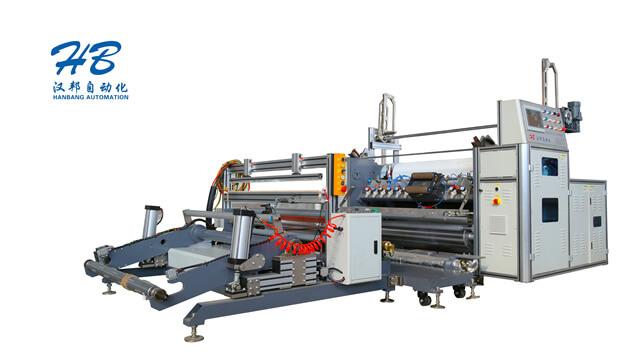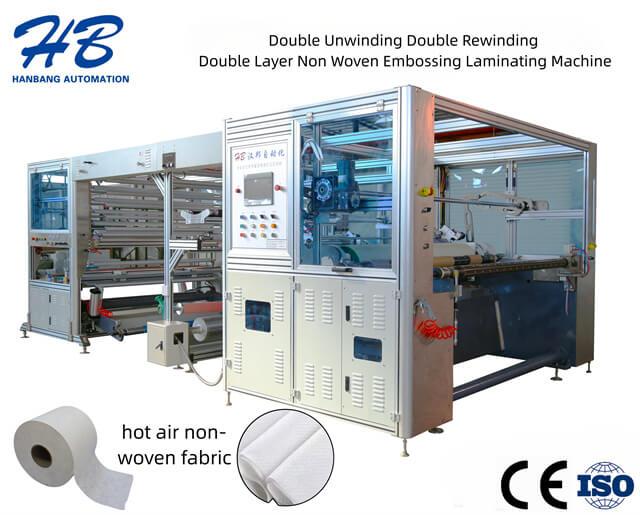Author:HB Nonwoven MachineryFROM:Compressed Towel Machine Manufacturer TIME:2023-12-12
Non-woven roll slitting machines play a crucial role in the hygiene products industry, specifically in the production of diapers and sanitary napkins. Mastering the operation of these machines is essential for ensuring efficient and high-quality manufacturing processes. In this article, we will explore the key aspects of operating a non-woven roll slitting machine, including setup, adjustment, maintenance, and troubleshooting.
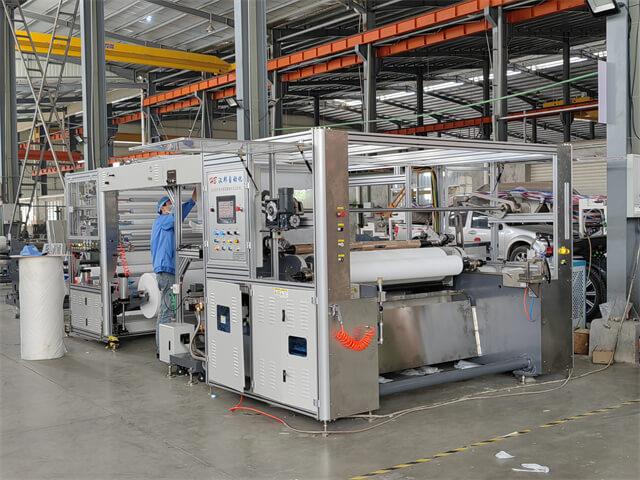
The first step in mastering the operation of a non-woven roll slitting machine is to ensure proper machine setup. This involves checking and adjusting various components such as the feeding mechanism, tension control system, cutting blades, and rewinding system. It is important to follow the manufacturer's instructions and guidelines during this setup process to achieve optimum performance.
The choice of raw materials for the non-woven rolls is crucial for the final product quality. Operators need to understand the different types of non-woven materials available and select the appropriate ones based on factors like absorbency, softness, and strength. Additionally, proper handling and storage of the materials are essential to prevent any contamination or damage.
After the initial setup, operators need to adjust the machine parameters to ensure precise slitting and rewinding of the non-woven rolls. This includes adjusting the cutting speed, tension control, and length measurement. Regular monitoring and adjustment during the production process are necessary to maintain consistent quality and prevent any defects.
Operating a non-woven roll slitting machine involves various risks, such as injury from moving parts or exposure to hazardous materials. It is crucial for operators to follow strict safety protocols, wear appropriate personal protective equipment, and be trained in emergency procedures. Regular maintenance and inspection
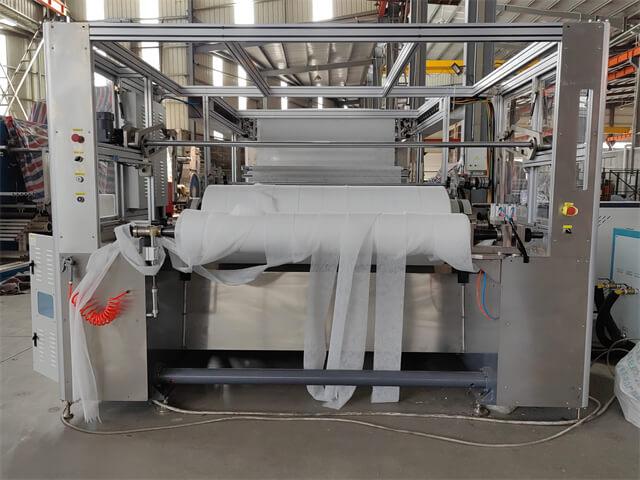
Regular maintenance and cleaning of the non-woven roll slitting machine are essential for its smooth operation and longevity. This includes lubricating moving parts, checking and replacing worn-out components, and removing any debris or dust that may affect performance. Operators should follow a scheduled maintenance plan provided by the manufacturer and keep detailed records of maintenance activities.
Despite proper setup and maintenance, issues may still arise during operation. Operators need to be familiar with common problems such as slitting defects, blade wear, misalignment, or sensor malfunctions. They should have a troubleshooting guide and knowledge of the machine's diagnostic features to quickly identify and resolve issues, minimizing downtime and product waste.
Ensuring consistent quality is paramount in the hygiene products industry. Operators should regularly inspect the slitted non-woven rolls for defects such as uneven edges, tears, or contaminat
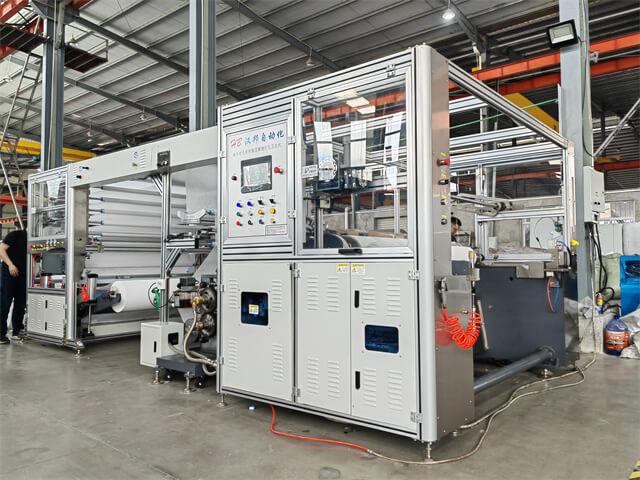
Mastering the operation of a non-woven roll slitting machine is an ongoing process. Operators should actively seek opportunities for continuous improvement by staying updated on industry trends and technological advancements. They can also collaborate with machine manufacturers or industry experts to learn about best practices and implement innovative solutions to optimize productivity and product quality.
Mastering the operation of a non-woven roll slitting machine is vital for the efficient and high-quality production of diapers and sanitary napkins. By following proper setup procedures, adjusting machine parameters, ensuring safety precautions, performing regular maintenance, troubleshooting issues, implementing quality control measures, and continuously seeking improvement, operators can optimize the performance of these machines and contribute to the success of the hygiene products industry.
